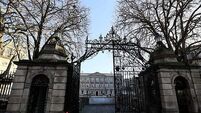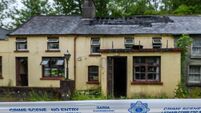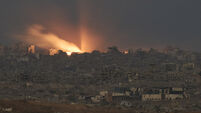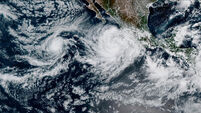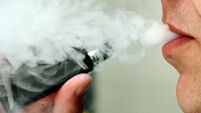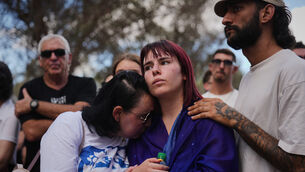Asbestos found in children's crayons and toys

Tests of boxes of crayons and "crime scene fingerprint kits" has revealed asbestos as an ingredient. This substance has long been known to cause cancer and other deadly lung diseases.
The recent study, carried out by the EWG Action Fund, tested 28 kinds of crayons and 21 fingerprint kits and confirmed the presence of asbestos.
The tests were carried out during February and May 2015.
While the ingredient is widely known to be toxic, it is not a banned substance in the United States, despite being implicated in 15,000 US deaths each year and 100,000 deaths globally, according to the World Health Organisation (WHO).
The tested products were all purchased at national retail chains or online retailers and testing was commissioned at two state-of-the-art laboratories. The results showed four of the brands of crayons and two of the crime scene kits were tainted with asbestos, all of which were made in China and imported to the US.
The four brands of crayon found to contain asbestos were: Amscan Crayons; Disney Mickey Mouse Clubhouse; Nickelodeon Teenage Mutant Ninja Turtles Crayons and Saban's Power Rangers Super Megaforce.
The two tainted fingerprint kits were EduScience Delux Forensics Lab Kit and Inside Intelligence Secret Spy Kit.
Toys “R” Us, which makes one of the forensics lab kits, told Time Magazine the company was “reviewing the referenced report, along with supplier test reports, to ensure full compliance to our strict safety standards”.
The other companies involved have yet to respond to requests for comments.
Although the fingerprint kits were found to contain higher amounts of asbestos than the crayons and their formulation as a loose powder posed a bigger risk of inhalation of the fibres, the amount of microscopic asbestos fibres in a single crayon could be as high as one million or more.
The US Occupational Safety and Health Administration (OSHA) states that: "There is no 'safe' level of asbestos exposure for any type of asbestos fibre."
“This is an exposure that could easily be avoided,” said Sonya Lunder, EWG senior researcher and one of the study’s authors. “The threshold for exposing a kid to a carcinogenic chemical when they’re playing with toys should be zero.”
“The lesson here is that parents can’t just read labels and choose safer products by looking at the labels themselves,” says Lunder. “There’s not enough information about where asbestos might be found.”
A spokesperson from the EGW Action Fund said: "Scientific Analytical Institute of Greensboro, NC, tested the products for asbestos using transmission electron microscopy, or TEM, the most precise method available. A second analytical laboratory examined all samples that tested positive."
According to Asbestos Nation, where the results of the report were published, the asbestos in the products was most likely from contamination of the talc used in both: as a binding agent in the crayons and as an ingredient in the fingerprint powder. It is a fairly common occurrence, as asbestos and talc are often found in the same geological formations.
Asbestos was found in the same kinds of toys in 2000 and 2007. However, the regulatory body that oversees such products, the Consumer Product Safety Commission, "has not banned or regulated asbestos in crayons, toys or other children’s products."
"Asbestos in toys poses an unacceptable risk to children, today as it did in 2000 and 2007, the last time tests found the deadly substance in these children’s products,” said Dr Philip Landrigan, asbestos expert and professor of paediatrics and preventive medicine at Mount Sinai Hospital.
"Clearly some toy manufacturers haven’t done enough to protect children and others from asbestos in consumer products. Therefore, it’s high time the federal government bans asbestos in consumer products."




